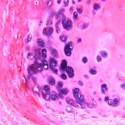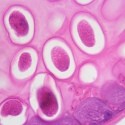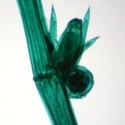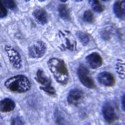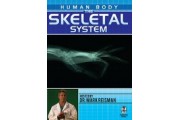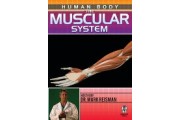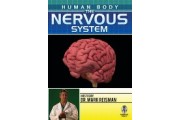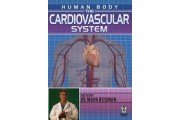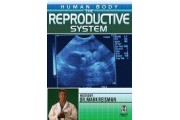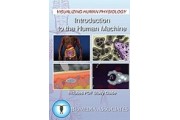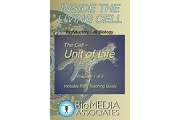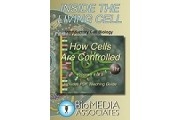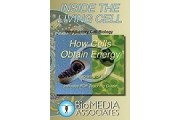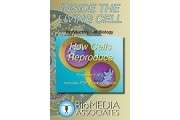No products
Prices are tax excluded
Biology DVD There are 12 products.
Human Body: The Skeletal System
The 206 bones of the human skeleton are a miracle of bioengineering. Lightweight and incredibly strong, our bones give us the ability to walk upright, freeing our hands for precise manipulation of objects.
$15.00In StockHuman Body: The Muscular System
Using the latest in 3-D graphics, medical imaging and cadaver specimens, see the human body’s muscular system revealed in ways never seen before.
$15.00In StockHuman Body: The Nervous System
The human nervous system starts with the brain, extends down to the spinal cord,and connects to every part of the body through a vast network of fibers known as the peripheral nervous system.
$15.00In StockHuman Body: The Cardiovascular System
At the center of the human cardiovascular system is the heart. The human heart is a muscular organ that is a bioengineering marvel.
$15.00In StockHuman Body: The Respiratory System
Breathing brings oxygen, found in the air we live in, into a unique set of organs called the lungs. Deep inside the lungs, that oxygen is transferred into the blood system...
$15.00In StockHuman Body: The Reproductive System
Of the body’s major systems only the reproductive organs and structures are different in men and women. There is no greater miracle on the planet than the creation of a new life.
$15.00In StockVisualizing Human Physiology
Human beings, like every living organism, are driven by two inherent needs – to survive, and ultimately, to reproduce – that is – to pass our genes on to the future of our species.
$15.00In StockThe Cell, Unit of Life
This program shows the kinds of cells and emphasizes the fact that all cells have a common organization and how all cells carry out similar biochemical processes. 2006
$15.00In StockThe Outer Envelope
Here students become acquainted with the properties of the plasma membrane, how it governs the kinds of molecules that go in and out of cells, and how cells feed by engulfing (phagocytosis) and drink in fluids by pinocytosis.
$15.00In StockHow Cells are Controlled
Illustrations show how genetic instructions carried on DNA are transcribed into RNA, leading to the production of specific enzymes that control the thousands of biochemical processes going on in living cells.
$15.00In StockHow Cells Obtain Energy
This program illustrates the mechanisms of photosynthesis and cellular respiration.
$15.00In StockHow Cells Reproduce
This program shows how DNA replicates, how copy errors occur and are fixed by repair enzymes, how DNA is compressed into chromosomes making possible mitosis and cell division.
$15.00In Stock

